Effects of clothianidin on aquatic communities: Evaluating the impacts of lethal and sublethal exposure to neonicotinoids
The authors explored the effects of clothianidin on wetland ecosystems through field surveys and experimental exposures. The LC50 values they found (using the formulated product Arena) ranged from 0.002 ppm to 1.2 ppm clothianidin in laboratory toxicity experiments. There were significant differences in the toxicity of clothianidin to the aquatic invertebrates and vertebrates, with predatory invertebrates generally the most sensitive. The most sensitive species was Graphoderus fascicollis (Coleoptera), with an LC50 an order of magnitude below the current EPA acute aquatic life benchmark for clothianidin and invertebrates. Water bugs and crayfish also exhibited dose-dependent behavior and foraging changes from clothianidin exposure. In mesocosm experiments, they observed invertebrate predator mortality that indicated the potential for a top-down trophic cascade in a community dominated by invertebrate predators. Soil and water sampling in Indiana detected clothianidin, imidacloprid, and acetamiprid, with at least one neonicotinoid found in 56% of soil samples and 90% of water samples. Peak soil concentrations were observed four weeks post-planting, and peak water concentrations 5 to 7 weeks post-planting of major crops in the area (corn and soybeans).

